The ancient astronomers of Babylon, Greece and Mesoamerica all believed that the heavens above were perfect, changeless, eternal, and that’s despite the changing phases of the Moon and the motion of the planets against the background of ‘Fixed Stars’. That’s why they thought comets and meteoroids were weather phenomenon, not part of the heavens, because they weren’t permanent. As astronomers began to examine stars with telescopes and other instruments however, they quickly realized that are the stars not ‘Fixed’ in their positions but they do move slowly across our sky.
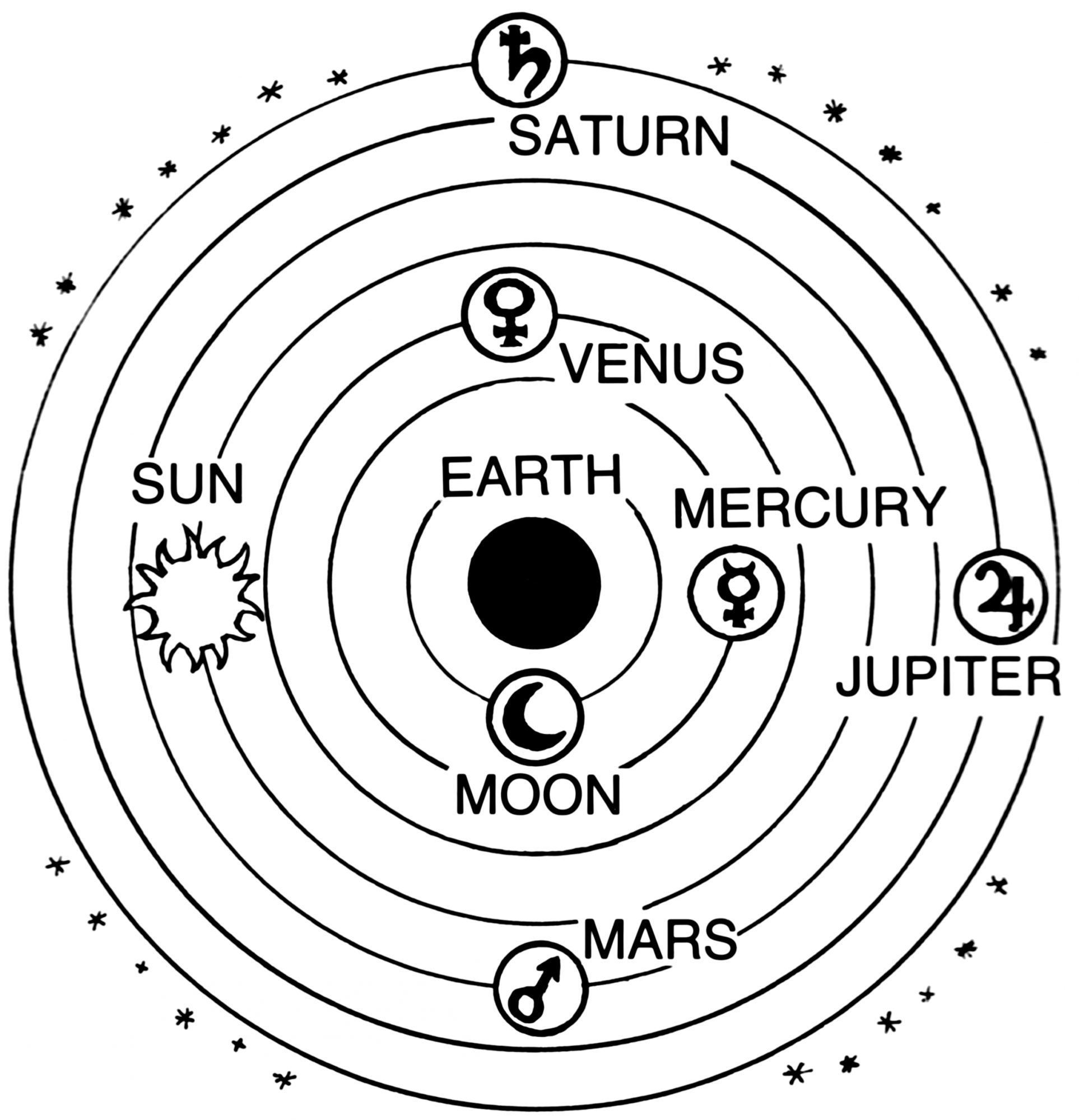
Another way that astronomers discovered stars change is in their brightness. In fact even before the telescope there were some observations of ‘nova’ or new stars that appeared where no star had been and then disappeared after several weeks to a month. There was also the strange star Algol whose brightness noticeable dropped every 2.87 days. The Arab astronomers who first noticed this named the star ‘El Ghoul’ which over the centuries got shortened to Algol.
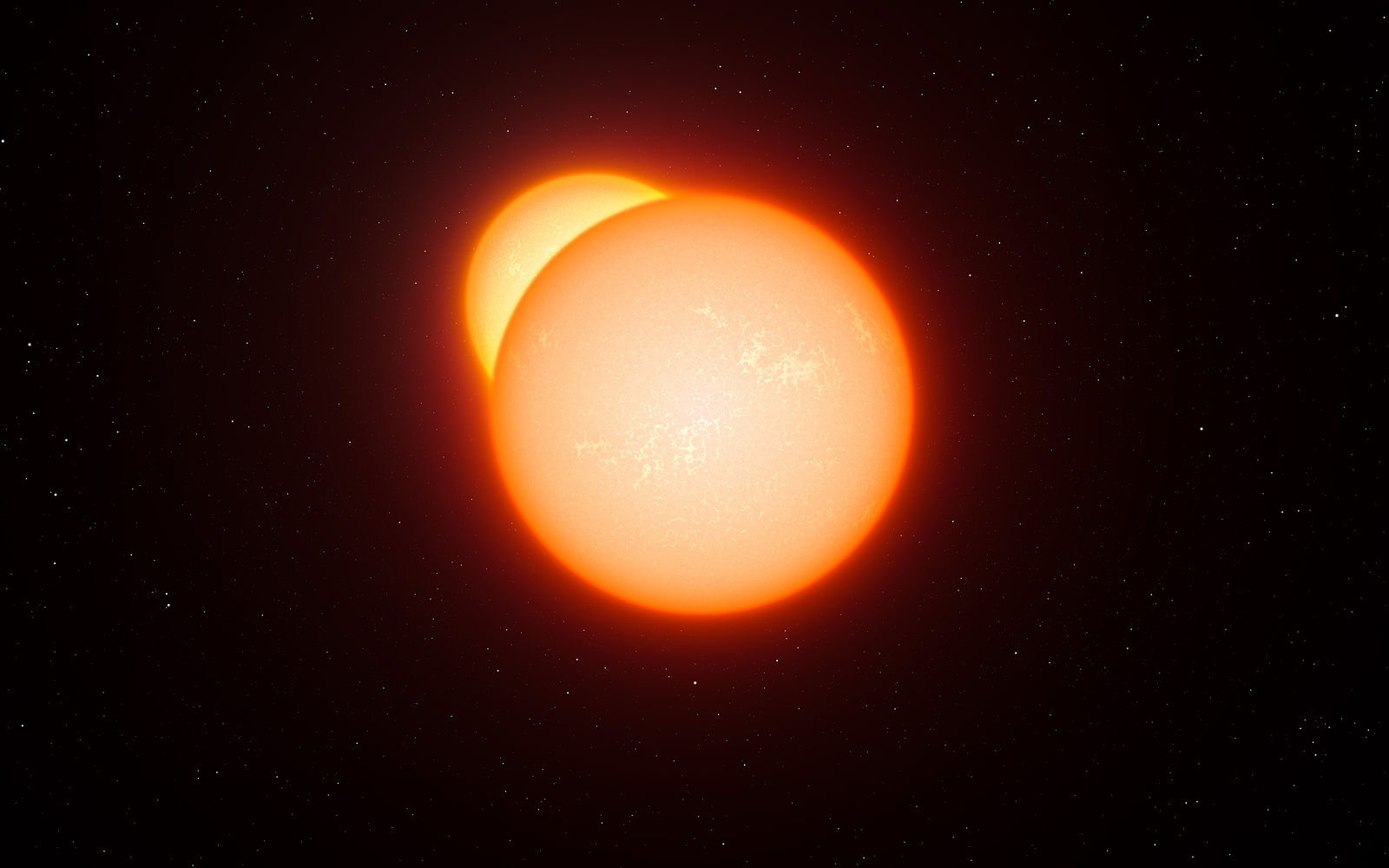
It wasn’t until the 19th century however that an entire class of stars were discovered whose brightness varied up and down in a rhythmic fashion, that is the length of time it took a particular star to go from being bright to being dim and back to bright was the same over and over again. Different stars of this type each had their own period but each star’s period stayed the same. The brightest star of this type in our sky was δ Cepheid so the entire class acquired the name Cepheids. By the way, while δ Cepheid might be the brightest Cepheid in the sky the best known Cepheid is the Pole Star Polaris.

It wasn’t long before astronomers began to wonder if there was some connection between a Cepheid’s period and its absolute brightness, the actual amount of energy it emits every second. You have to remember that the brightness of a star in our sky, its apparent brightness, depends not only on how bright it really is, its absolute brightness, but on how far away from Earth it is as well. The star Betelgeuse for example is actually a lot brighter than the star Sirius, but Betelgeuse is about 70 times farther away than Sirius, that’s why it’s Sirius that appears to be the brighter of the two stars in the sky.
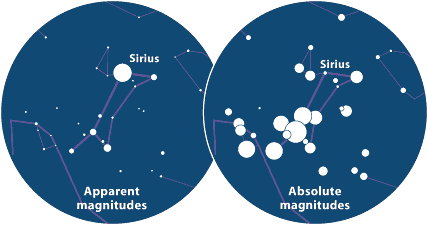
On the other hand, if astronomers know the absolute brightness of a star then they can measure its apparent brightness and from those values calculate the distance to that star, and it’s measuring distances to objects in space that is the hardest thing to do in astronomy. That’s why astronomers were so interested in seeing if there was a relationship between the period of a Cepheid and its absolute brightness. By 1890 more than 30 Cepheid variables were known to astronomers but they were all over the sky, at various distances and brightnesses, the problem of finding a simple relationship seemed impossible to solve.

It was the Lady Computer Miss Henrietta Swan Leavitt of Harvard Observatory who cracked the puzzle. Oh, you didn’t know that before computers were built out of transistors and other electronics people were called computers. Computers were usually graduate students or women with degrees who did the actual calculations, the arithmetic so that the male scientists could get on with doing the real science! And if that sounds sexist, well it was!
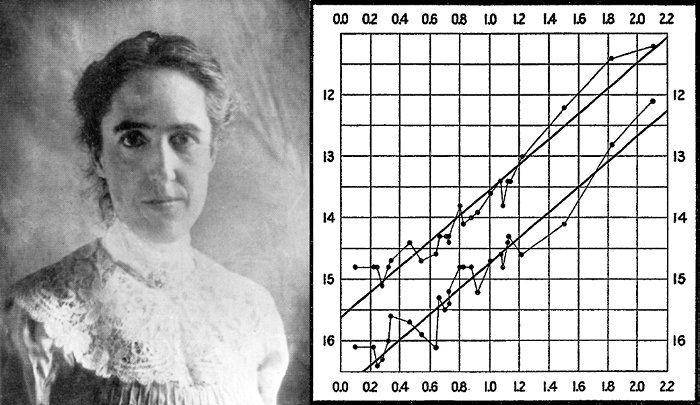
In fact at the Harvard Observatory it was the male astronomers who made the observations, took the measurements and then handed their data over to the female computers to categorize the results. So it turned out that it was the women, paid less and never allowed to do actual astronomy, who took all that data and made the big discoveries.
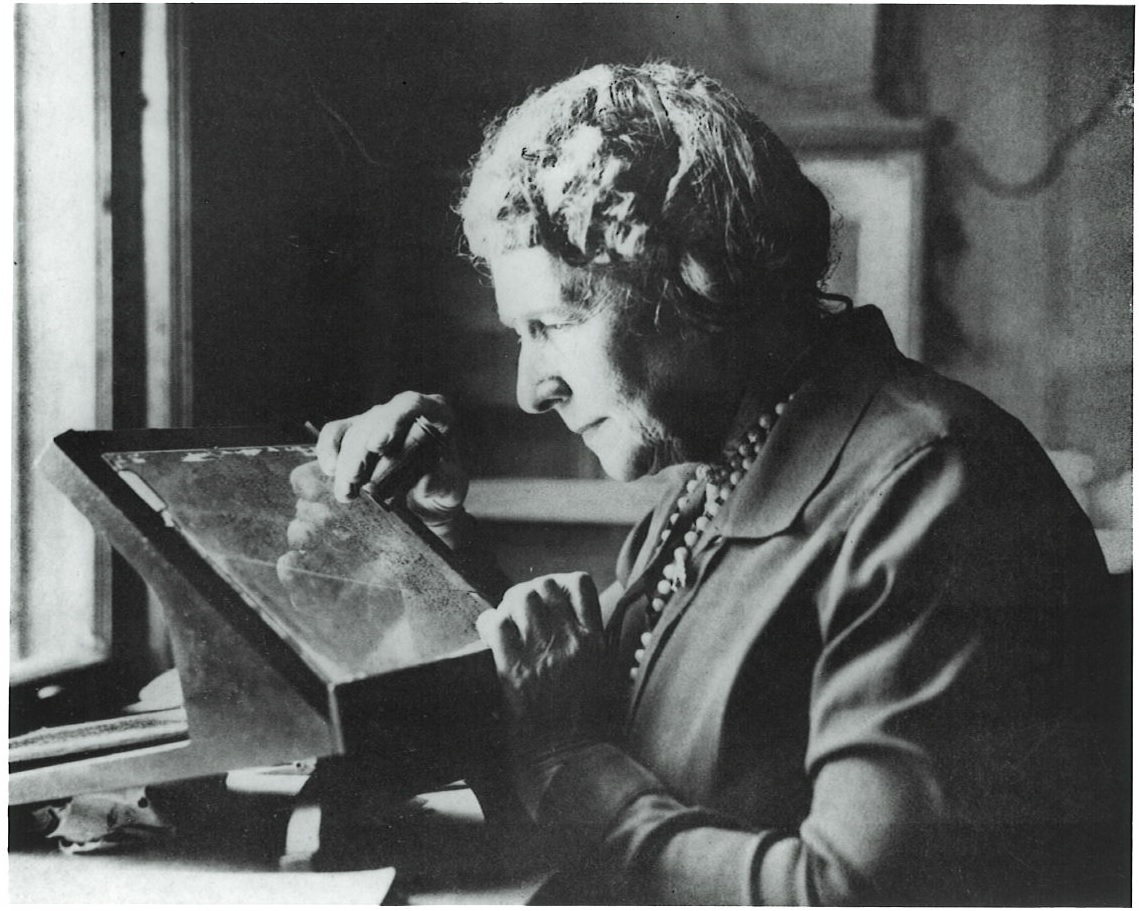
What Henrietta Leavitt did was take observations of the Small Magellanic Cloud where she managed to find sixteen Cepheids. Since the sixteen stars were all in the same cloud, and therefore at approximately the same distance, Miss Leavitt reasoned that any Cepheid that looked brighter really was brighter. With the data from those sixteen variables Henrietta was able to work out the equation that connected a Cepheid’s period to its absolute brightness. For example it was found that a Cepheid with a period of one day was about 200 times brighter than our Sun but a Cepheid with a period of fifty days was more than 10,000 times brighter than our Sun.

By using Cepheids astronomers could not only find the distances to objects inside our Milky Way galaxy but distances to other galaxies as well. It was by finding a Cepheid in Andromeda that Carl Hubble was able to show that the ‘nebula’ as it was then called, was a galaxy in its own right, far outside of our Milky Way.
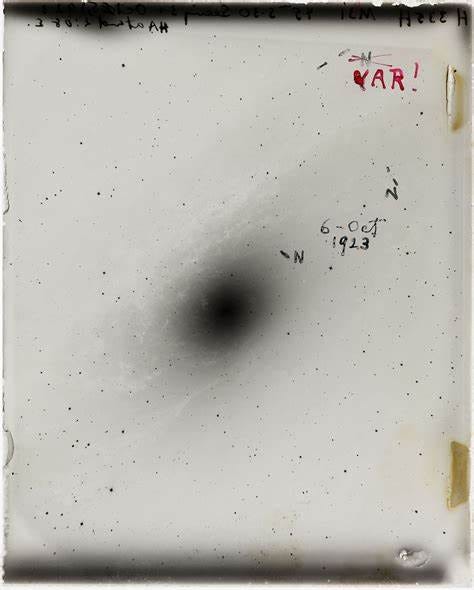
With Cepheid variables being such important tools for astronomers you can imagine that astronomers are working even now to refine Miss Leavitt’s period-Luminosity law and make it more accurate. For example variations in the stars brightness can also be caused by other factors, such as if the Cepheid has a companion star, many do, and the two stars are dancing around each other so that the Cepheid is sometimes closer, sometimes further away!
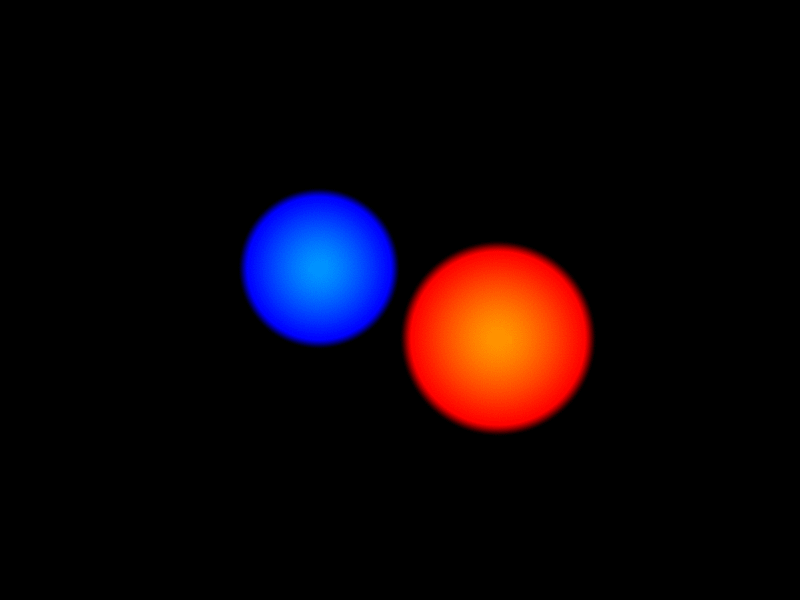
In order to study such complications a recent study has been carried out at the Ecole Polytechnique Federale de Lausanne in Switzerland. The astronomers used their instruments to not only measure the brightness of the Cepheids they studied but also the velocity of the star either towards or away from the Earth. Because of this the program has been christened the VELOcities of CEphieds or VELOCE program. The results of the VELOCE study have been published in the journal Astronomy & Astrophysics.

In order to obtain the most precise measurements the VELOCE researchers employed two high resolution spectrographs that separated the wavelengths of the light from each star they studied. By using the Doppler effect, see my post of 5 August 2023, the astronomers were able to precisely measure the stars motion relative to Earth and thereby make adjustments to the star’s actual brightness.
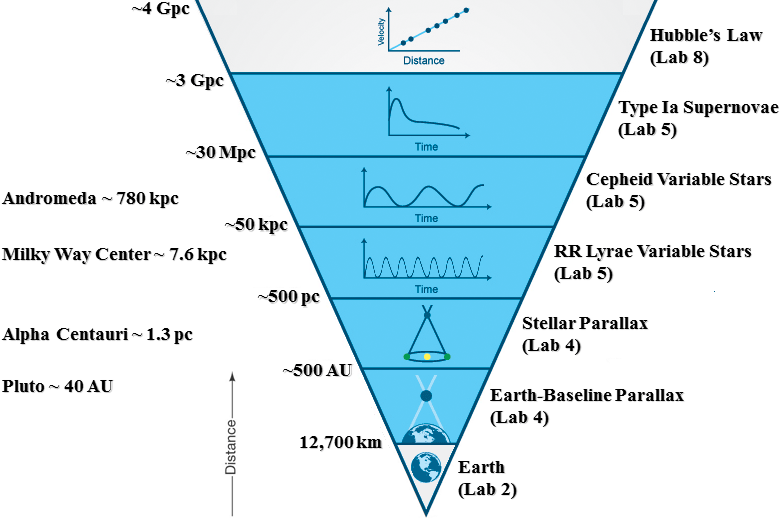
By improving our measurements of the Cepheid variables the work of the VELOCE group will allow astronomers to make better measurements of the distances to objects throughout the Universe giving us a better, more accurate picture of the Universe in which we live.
